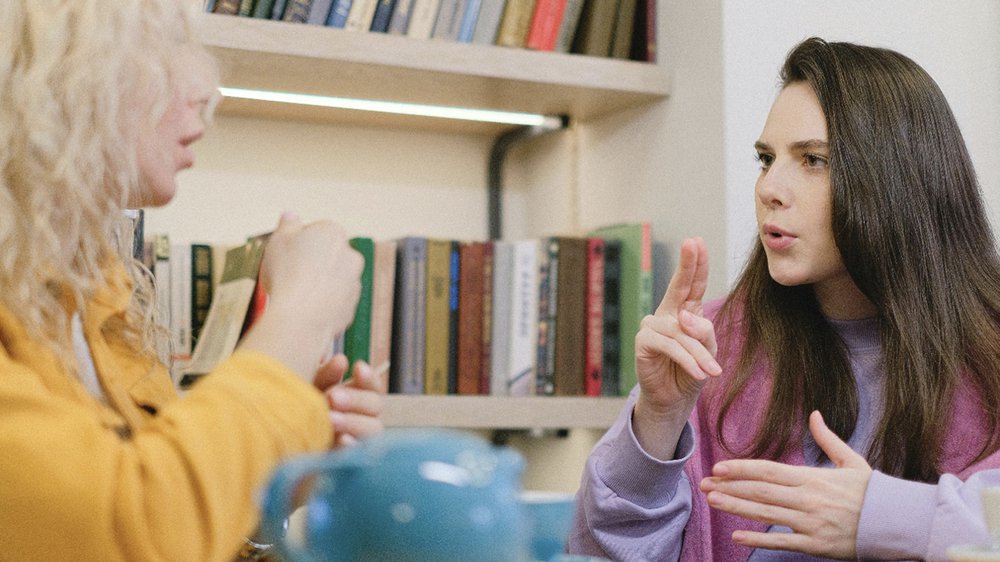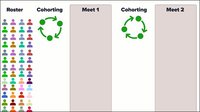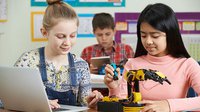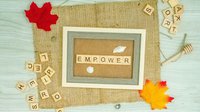The education sector is seeing a growing need and demand for assistive technologies in learning to accommodate students with disabilities.
Deaf and hard-of-hearing students are a major group that require these accessibility services to follow along in class and excel in their studies. These technologies are crucial, especially with hearing loss being a common struggle for children and young people; around two to three out of every 1,000 children in the United States are born with a detectable level of hearing loss in one or both ears.
Fortunately, many devices and tech systems have emerged that can be of use in the classroom and in a student’s daily life, and with technology advancing, there may be more to come. Here’s a look at assistive technologies for deaf and hard-of-hearing students:
Captioning and transcription
Captioning and transcription technologies have become more widely adopted in education, both to accommodate various learning styles and to create a more inclusive learning environment. Deaf and hard-of-hearing students can benefit from reading a text version of spoken or audio content, allowing them to follow along in class and other academic tasks. Real-time captioning offers a word-for-word transcription of the audio to capture every word spoken.
Students can access these captions through a second screen like a laptop or tablet or a Communication Access Real-time Translation (CART) device. Summarized transcription also provides a speech-to-text service but focuses more on capturing and summarizing the meaning of the material rather than each word. Real-time captioning is an essential accommodation for deaf and hard-of-hearing students to help them follow and understand lectures and learning material, while summarized transcription can be a supplemental resource that can aid comprehension and understanding.
Hearing aid glasses
Hearing aids or implants have long been used to help deaf and hard-of-hearing people hear the world around them. They can help students improve hearing, but some may find these devices uncomfortable or be embarrassed to wear them. Hearing aid glasses can provide a great alternative. The Nuance Audio glasses combine the style and comfort of regular glasses frames with cutting-edge hearing technology, creating a seamless and natural look. These specs come with high-quality microphones and micro-speakers, which utilize beamforming technology to tune into sounds coming from the direction the wearer is looking in.
Like regular glasses, they can be customized to add a prescription or opt for transition lenses with UV protection. By making hearing technology invisible, students can easily integrate hearing aid glasses into their school life and daily activities. It also creates an intersection between sight and hearing, so students who need vision correction and hearing aids can address both with one pair of glasses. Seeing and hearing clearly allows them to focus on their studies and excel in class.
Instructional audio
Deaf or hard-of-hearing students struggle more than their peers when listening in the classroom. With 75 percent to 80 percent of their classroom time spent on listening activities, they may have a more challenging time hearing the lesson and participating in class. Environmental factors like poor acoustics, background noise, and other distractions affect their listening abilities further, even if they wear hearing aids. Instructional audio can help overcome these barriers to listening, ensuring students can hear the lesson well and absorb the information. These systems provide clear and even distribution of voice and multimedia throughout the classroom, allowing deaf or hard-of-hearing students to engage with the learning material and properly listen to the words and instruction being delivered. Instructional audio can also be an instrumental technology for non-native English-speaking students, showcasing how beneficial it can be for a wide variety of learners with different learning needs.
About the author
Ruby Doherty is a freelance writer with a deep interest in health and education, having been inspired by her own struggles while growing up. When she is not busy caring for her only son or reading about the latest news in nutrition, Ruby is passionate about preparing healthy meals for her community.











